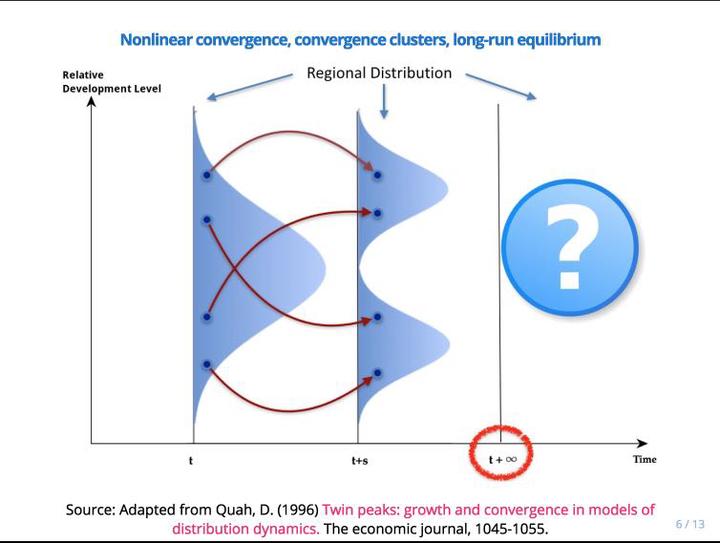On the Distribution Dynamics of Human Development: Evidence from the Metropolitan Regions of Bolivia

Abstract
Bolivia has experienced large socioeconomic transformations in the last decades. Among them, almost half of the population currently lives in the main metropolitan regions of the country. Motivated by the potential for growth and development convergence in these regions, this presentations is about the evolution of human development disparities and convergence patterns over the 1992-2013 period. Using a distribution dynamics framework, this article evaluates both the transitional dynamics and the long-run equilibrium of the cross-regional distribution of human development. Results from the transitional dynamics analysis suggest that the formation of multiple clusters of convergence is a salient feature of inequality reduction in human development. On the other hand, results from the long-run equilibrium analysis suggest that the process of regional convergence is characterized by the transformation of a trimodal distribution into a left–skewed unimodal distribution. The article concludes emphasizing that the cross-regional distribution of human development in Bolivia is quite sticky at its left tail, and as a result, the least developed regions are still relatively far from achieving complete convergence in the long run.